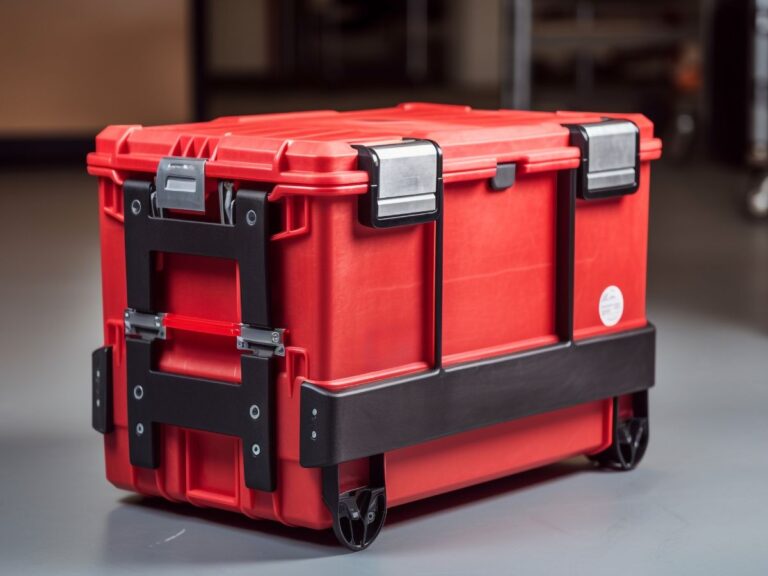Drum sanders are designed for woodwork. The machine sands the wood to give you a smooth surface on either side of the wooden plank. Drum sanders are the best long wooden planks that need a specific thickness.
Due to this type of work, wooden dust and debris often scatter into the sander’s system. When this happens, it can easily affect the efficiency of the drum sander. This is why drum sanders need routine cleaning too.
So no matter the type of drum sander that you are using, clean your drum sander is vital. It’ll help you to enjoy the following.
- Better drum sander efficiency
- Clean sanding machine
- Good personal health and safety
- An easy working experience
- Quick adjustments and parts replacements
- Better durability/ Limited downtimes
Cleaning Your Drum Sander
Now that you’ve understood the reasons why you should clean your drum sander, it’s time to learn how to clean the sander. Take a look at this simple drum sander cleaning guide.
Step I: Bring in a Vacuum Attachment
Whether you are using a bench or floor sander, you can employ the use of a vacuum attachment when cleaning sanders. Thanks to the ability of these sanders to integrate with vacuum cleaners too.
Since they can easily accept these dust containment systems, you can use the vac to suck up sawdust. As such, there won’t be a lot of sawdust flying around when you work. This means a cleaner working environment and fewer clogs.
The system works with a dust bag that you will use to collect the dust before disposal. Nonetheless, vacuum cleaners will only reduce the dust but not eliminate it. That’s why it’s important to still inspect the drum sander and employ other cleaning techniques.
Step II: Schedule for Paper Cleaning
I just mentioned that vacuum cleaner won’t entirely eliminate the dirt. For an even better result, you should clean the paper. Normally, upon using sanders, a great deal of residue accumulates on the sanding paper sheet or the belt.
Consequently, you’ll have to remove this built-up residue to enjoy better results. This is often removed with a rubber-like eraser.
The hard rubber is pressed on the paper, and then the drum sander is operated. As the sander assumes its normal working, the residue loosens up and the vacuum attachment sucks it up. Why is this maintenance tip vital?
- It will remove the dust
- It cleans the sanding paper
- It makes the paper sheet more effective
- It lengthens the lifespan of the sanding paper
Step III: Perform Routine Check on Brushes
Drum sanders use electric motors. These motors have brushes. The brushes conduct the electric current between the stationary wires and the main moving parts.
This brush technology is what enables the drum sander to collect the dust so easily. Even so, because the motors are also accessible, they too require constant care to guarantee better efficiency.
How do you do that? You should open up the motor cap or cover. The cap can be unscrewed and inspected. If the cap is damaged, you can replace it. However, if it is in better condition, you can fix it back.
You can also blow out the main brush chamber using compressed air. This activity will clean it up. If you find it hard to use an air compressor, purchase the individual cans that have compressed air.
These cans come with cool extension tools that make them awesome for the tight spaces. Even so, you should be careful when cleaning brushes since they usually attached to a delicate spring system.
Step IV: Lubricate Moving Parts
Lubrication may seem more like a maintenance tip. However, it is also a cleaning mechanism. When moving parts are lubricated, they perform better. They will prevent the system from getting stuck.
Both floor and bench drum sanders have moving parts. The motor is a good example. Find these moving parts and lubricated them.
Nonetheless, you should oil moving parts that will attract dust and dirt. Therefore, when doing your routine inspection, it is important to always inspect the lubricated bearing load sections to ensure that there is no excessive dust buildup.
In case there is, just do a quick wipe using a dry, clean rag before applying some replacement lube.
Video Credit – WoodWorkers Guild Of America
Bonus Tip
Learning how your drum sander works before cleaning it is important. One simple way to do this is to read through the user manual. The manufacture user manual will give you most of the tips that you need.
You’ll get well-illustrated diagrams that you can easily follow through. You will also learn what the moving parts are and whether they are replaceable or not. It is easy, fast, and a great way to know your sander.
Conclusion
If you do this correctly, your drum sander will be good to go. You’ll have better efficiency and enjoy some of the coolest results. Drum sanders are easy to clean even for new users. However, if you are unsure of anything, don’t rush.
Take your time to consult someone with a better understanding. You can also follow the user manual as I mentioned above. It is the easy way out for getting quicker tips.




